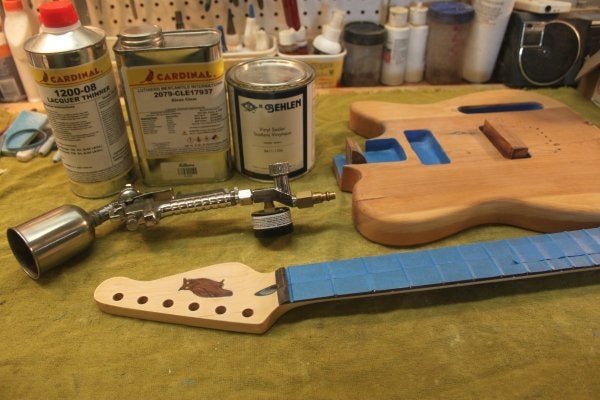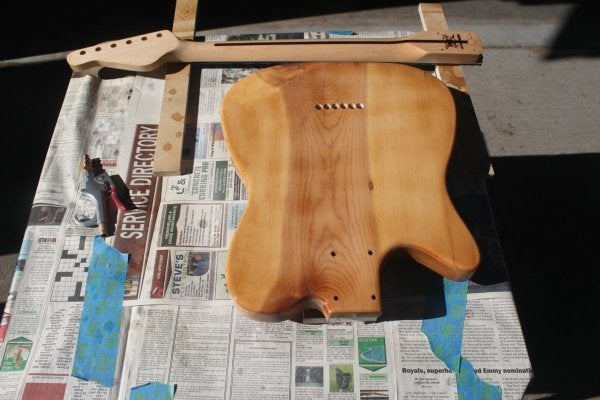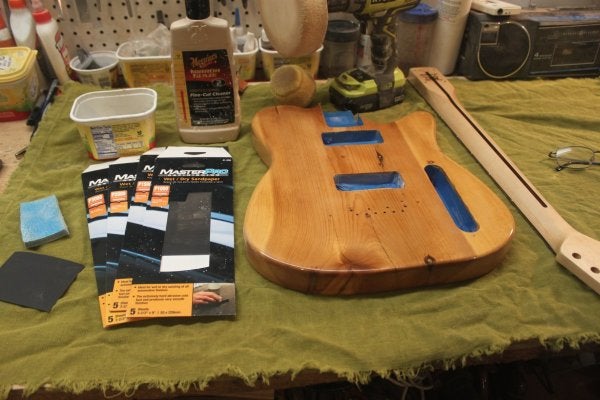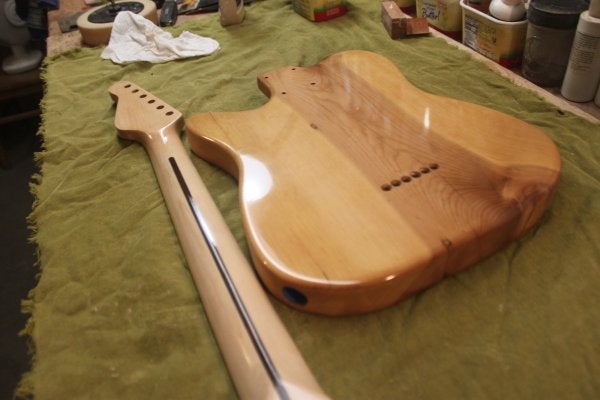Most modern nitro spray can salesmen like Stewmac offer both satin and gloss versions. See https://www.stewmac.com/luthier-too...quer/colortone-nitrocellulose-guitar-lacquer/
However, from what I can tell, it seems to be the consensus that a satin nitro finish can be buffed/polished to be a gloss finish, and a gloss nitro finish can be lightly sanded into a satin finish. See https://www.tdpri.com/threads/going-from-satin-to-gloss-nitro-finish.847845/ and https://www.tdpri.com/threads/how-to-dull-gloss-nitro-to-a-aged-look.978847/
And from what I understand, if you want a finish to be glossy, you have no choice but to polish it heavily to get it there.
So then what's the difference between these satin and glossy nitro cans? Does it matter which you choose?
However, from what I can tell, it seems to be the consensus that a satin nitro finish can be buffed/polished to be a gloss finish, and a gloss nitro finish can be lightly sanded into a satin finish. See https://www.tdpri.com/threads/going-from-satin-to-gloss-nitro-finish.847845/ and https://www.tdpri.com/threads/how-to-dull-gloss-nitro-to-a-aged-look.978847/
And from what I understand, if you want a finish to be glossy, you have no choice but to polish it heavily to get it there.
So then what's the difference between these satin and glossy nitro cans? Does it matter which you choose?





